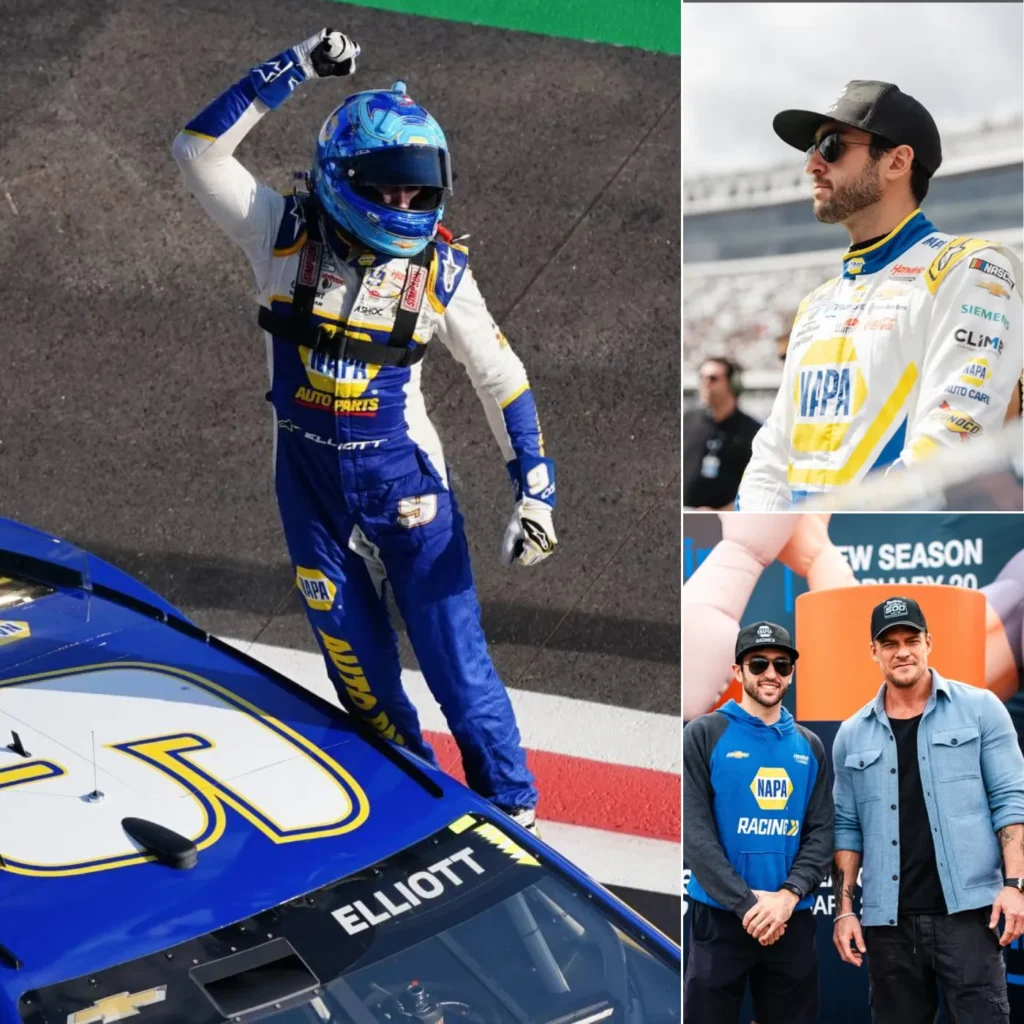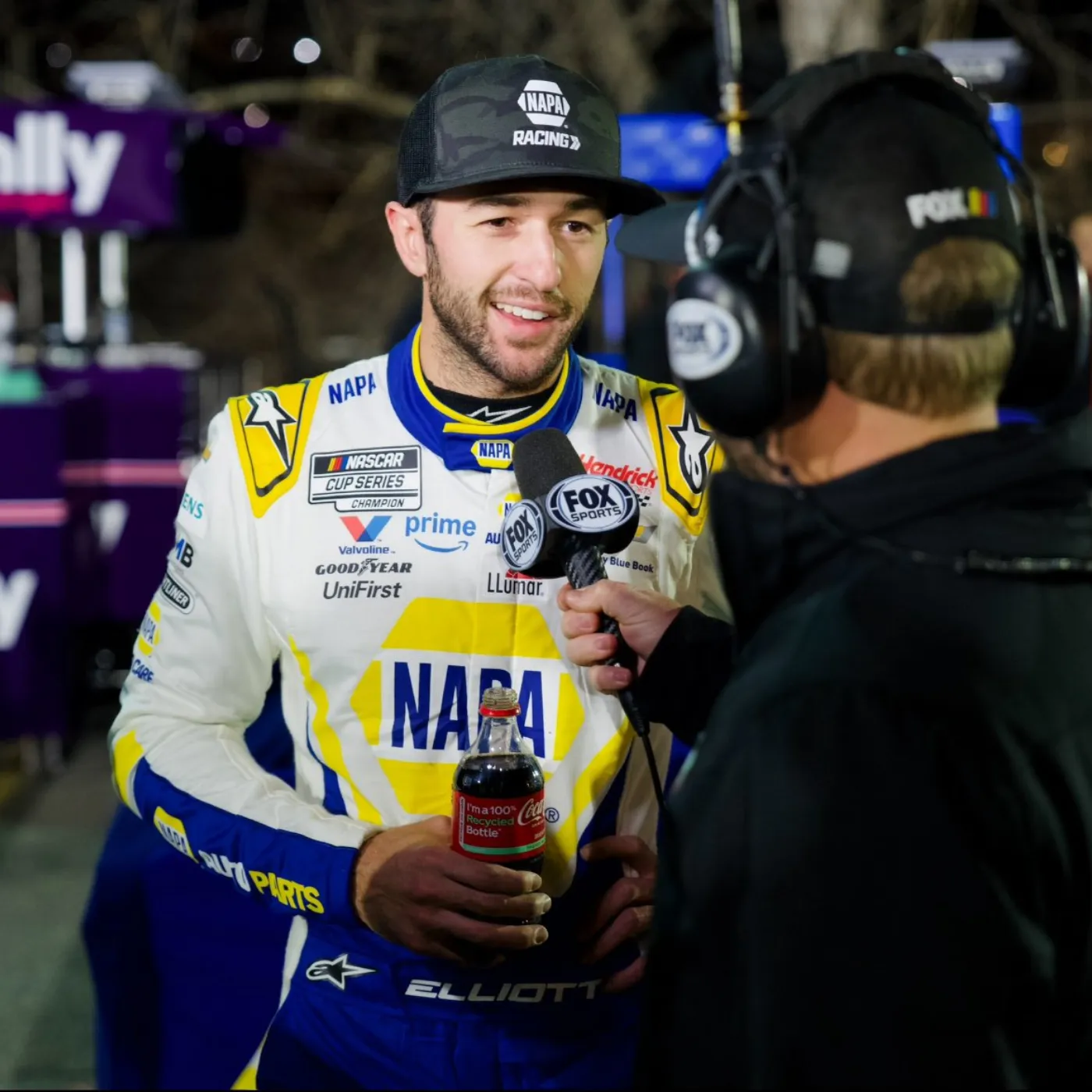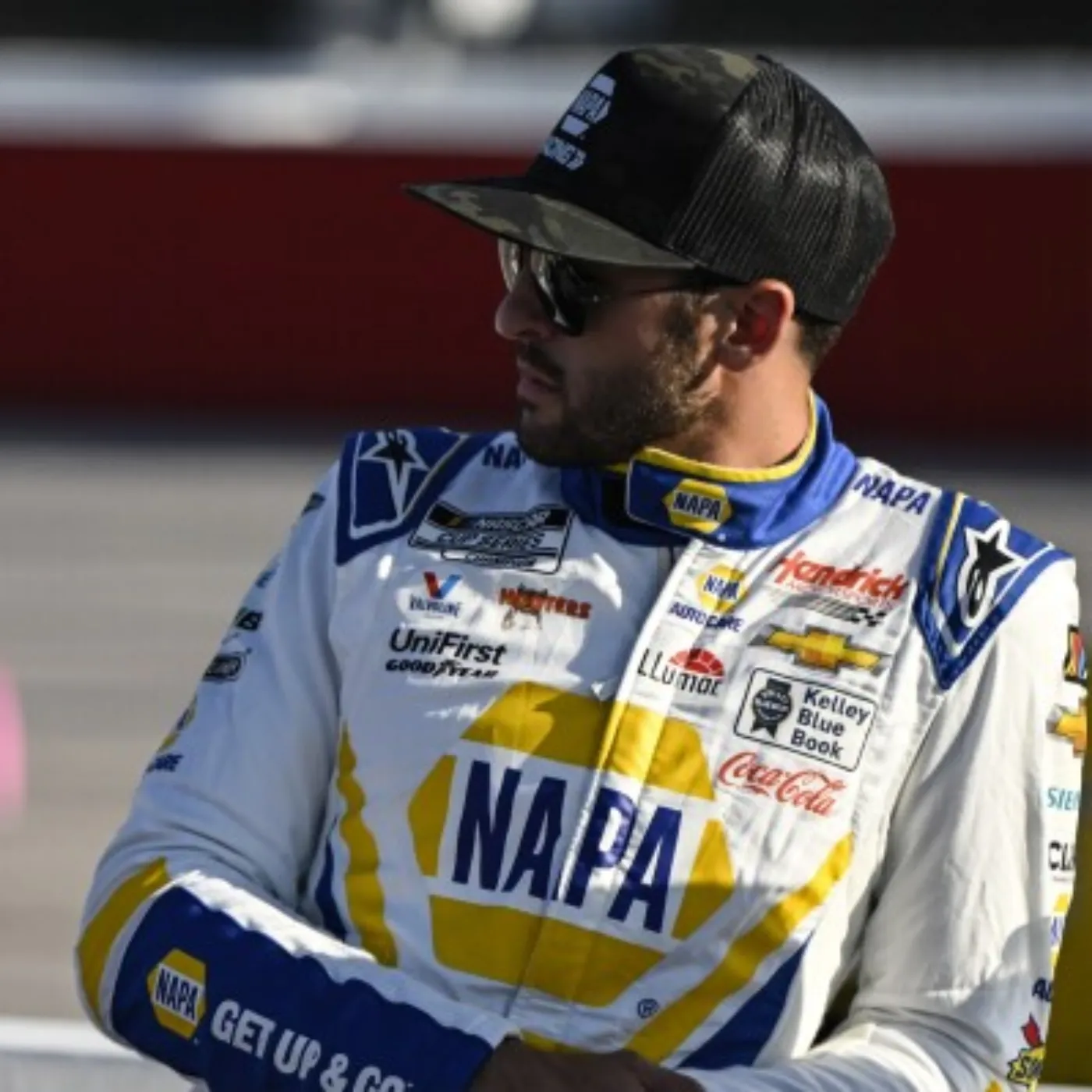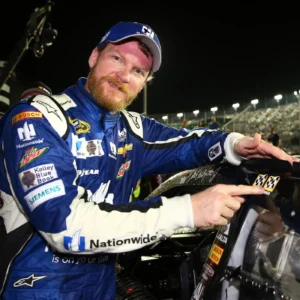Chase Elliott Embraces NASCAR’s Global Expansion Mexico City and Beyond

For the first time in 28 years, NASCAR is stepping beyond U.S. borders, making history with its upcoming race in Mexico City. While this event is already generating excitement among fans, it holds even deeper meaning for some of the sport’s biggest stars.
One of the most vocal supporters of this international expansion is none other than Chase Elliott, the most popular driver in NASCAR. However, Elliott isn’t just thinking about this one event—he sees Mexico City as a crucial first step toward something much bigger for the sport.
“I’m not necessarily as excited for the Mexico City race itself as I am for what this could potentially lead to—getting out of the country more and expanding globally,” Elliott said, sharing his long-term vision.
Mexico City: A Gateway to NASCAR’s Future
NASCAR’s decision to hold a race in Mexico City isn’t just about expanding its fanbase—it’s about testing the waters for larger international opportunities.
“I think it would really be something special if we ever got overseas to race. I would love to be a part of that,” Elliott added.
This sentiment reflects the ambitions of many within NASCAR who believe the sport has tremendous potential beyond North America. The stock car racing series has long been a dominant force in the United States, but its international presence has been limited compared to other motorsports like Formula 1 or MotoGP.
While logistical challenges have made overseas expansion difficult, Elliott sees Mexico City as a strategic move—a way for NASCAR to prove that international racing is viable. If the event succeeds, it could pave the way for NASCAR races in Europe, Asia, or even the Middle East.
A Look Back: NASCAR’s History of Racing Overseas
This isn’t the first time NASCAR has ventured beyond U.S. borders.
The last time NASCAR raced internationally was in 1998, when the sport held an exhibition race at Twin Ring Motegi in Japan. That race, which saw Mike Skinner take the checkered flag, was part of an attempt to introduce NASCAR to a new audience.
Before that, NASCAR had a brief presence in Canada and Mexico, hosting Busch Series (now Xfinity Series) races in those regions. However, these races never led to long-term international expansion.
This time, things could be different.
With the sport’s growing popularity worldwide, particularly in Latin America and Europe, NASCAR’s leadership understands that the timing is right to bring the sport to a global audience. The Mexico City race could serve as a stepping stone to more races outside the United States, something that could define NASCAR’s future growth strategy.

Chase Elliott Returns to His Roots at Atlanta Motor Speedway
While Elliott is excited about NASCAR’s future on the international stage, he remains focused on the present—and that means preparing for a high-stakes weekend at Atlanta Motor Speedway.
For Elliott, Atlanta isn’t just another track—it’s home.
“Racing here feels a little different than anywhere else,” the 29-year-old said, emphasizing the emotional connection he has with the venue.
Atlanta Motor Speedway is where Elliott’s journey in racing truly began. Growing up in Dawsonville, Georgia, he spent years watching his father, NASCAR Hall of Famer Bill Elliott, race in front of their home crowd. That history makes every lap Elliott runs in Atlanta feel special.
His 2022 victory at the track was a career-defining moment, and as he gears up for another intense battle this weekend, he hopes to recreate that magic.
Atlanta Motor Speedway: A Controversial But Thrilling Circuit
Atlanta Motor Speedway has undergone significant changes in recent years, transforming from a traditional 1.5-mile oval into a superspeedway-style track.
This change has sparked mixed reactions. Some drivers embrace the new format, which creates high-speed pack racing, while others believe Atlanta has lost its identity.
Regardless of the debate, one thing is clear—Atlanta now produces must-watch races.
Last year’s thrilling three-wide finish between Daniel Suárez, Kyle Busch, and Ryan Blaney proved that the track reconfiguration has added a new level of excitement to the sport. Fans are expecting more of the same this weekend.







